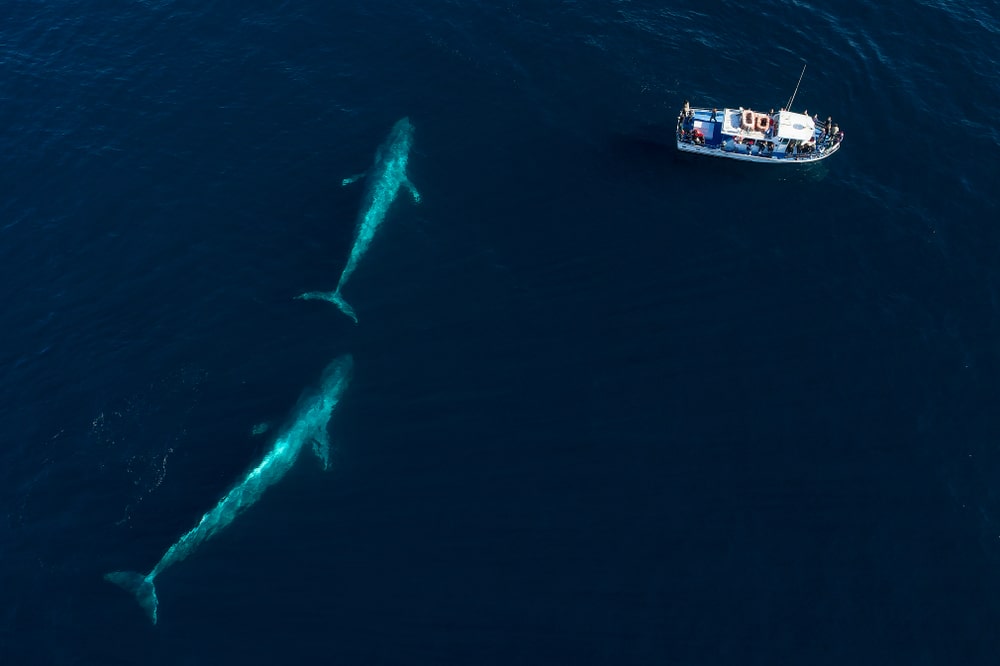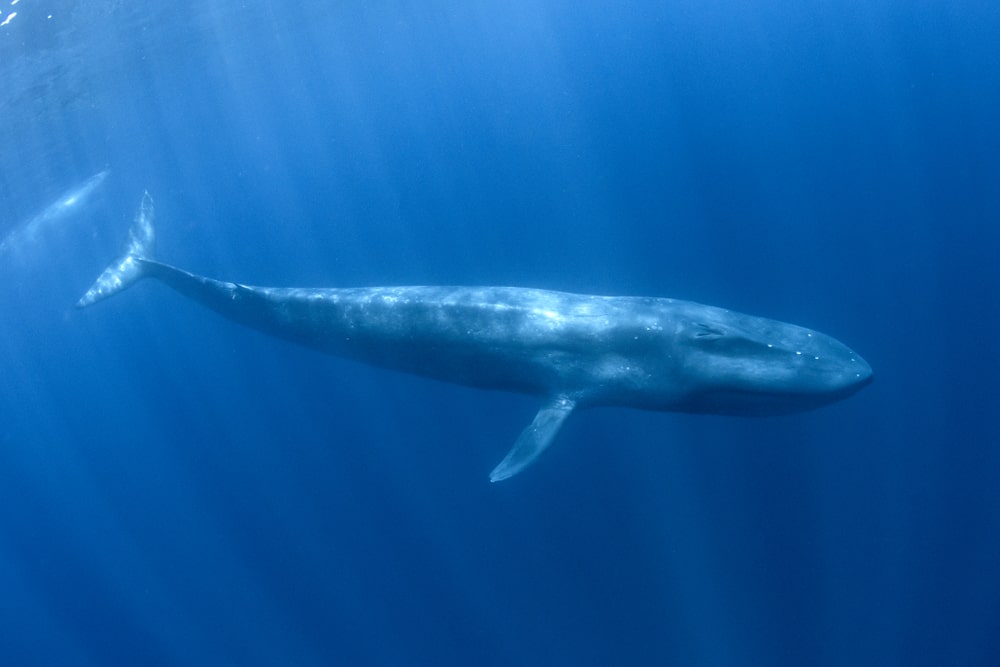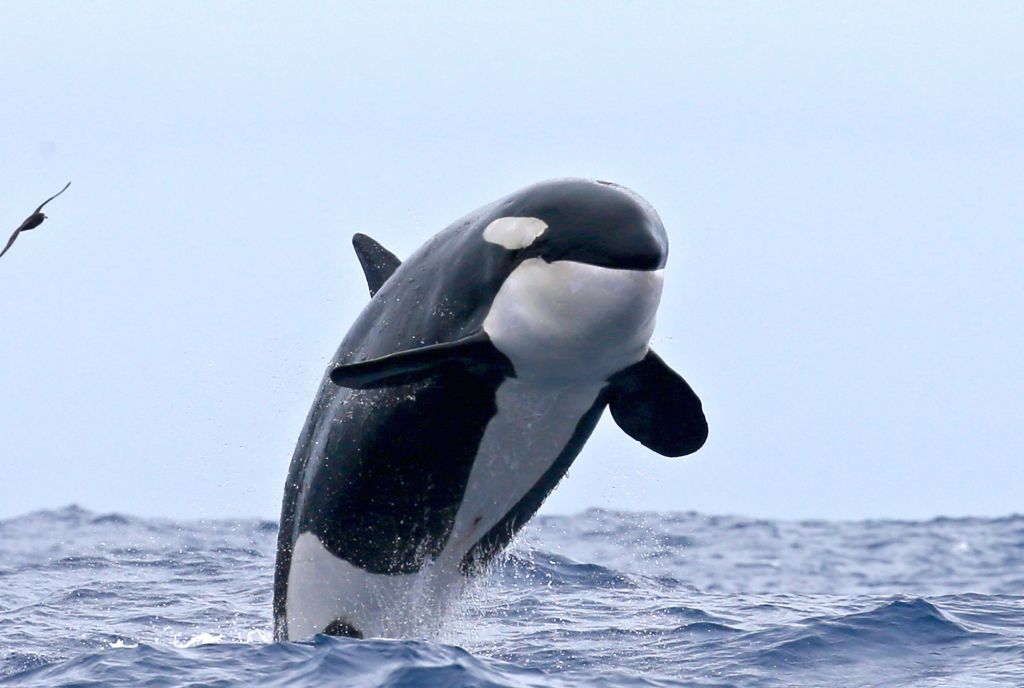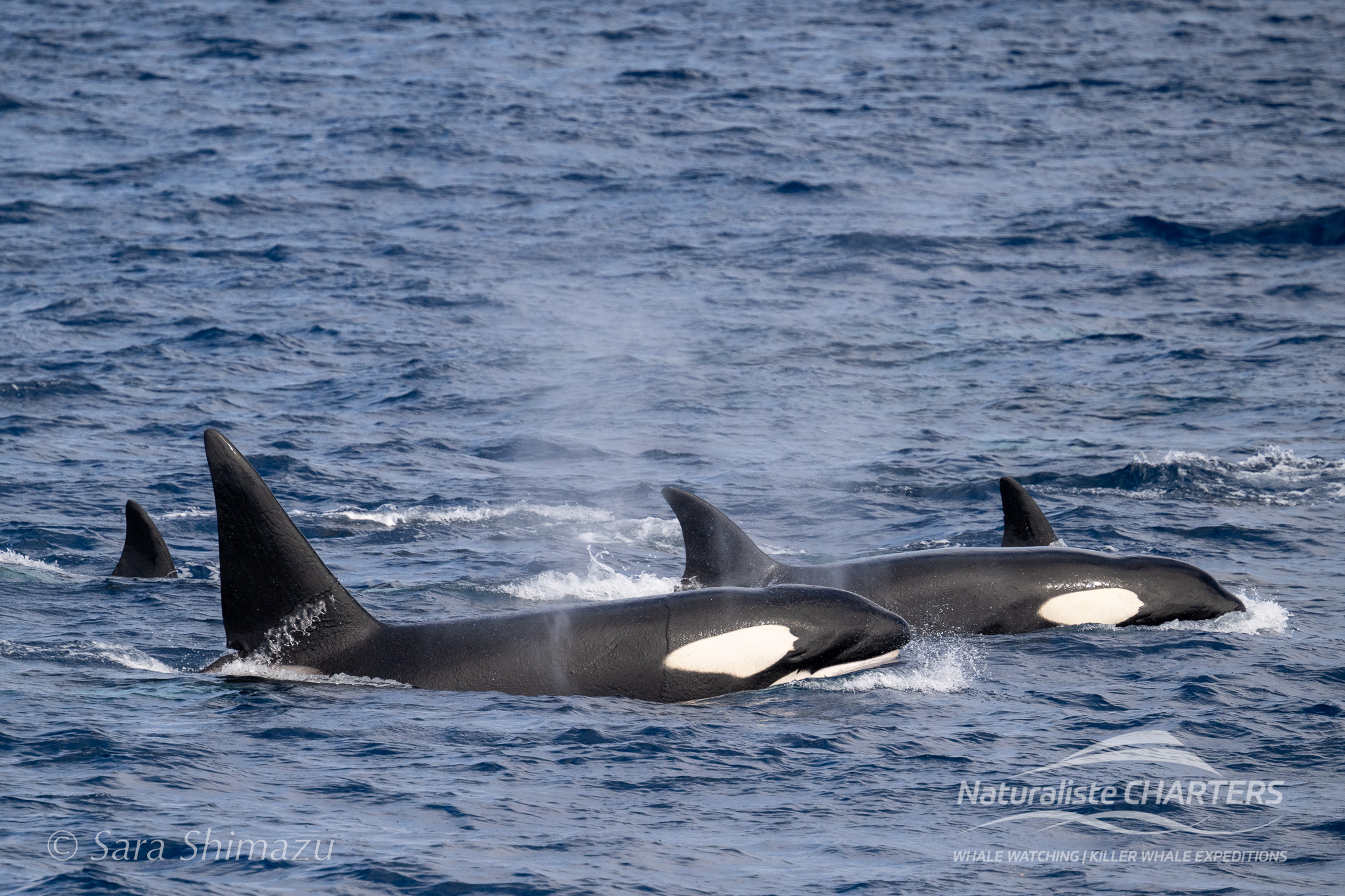Blue Whales Facts that will Blow Your Mind!
The ocean is a wondrous place that houses countless fantastic creatures. Dive into the waters here down under and you will find a host of amazing marine creatures. From red handfish found only in Southeastern Tasmania to leafy sea dragons off the south and west coast of Australia, there is a whole undersea world that lies just beyond. While there is still much more we can discover and learn about what hides in the depths of the ocean, we have recorded the largest creature to date known to man: the blue whale. Did you know that they are bigger than any animal ever recorded? That’s not something you think about every day! So if you want to find out cool facts like how big the blue whale heart is, then keep on scrolling for more fascinating blue whale facts.

How big is the blue whale?
The scientific name of these giant marine mammals is Balaenoptera musculus. Averaging from 22 to 32 metres long, larger blue whales can be as big as two school buses! The scale of this marine mammal is even more impressive if you look at the size of its organs. Here are some interesting blue whale facts about anatomy:
Blue whale heart: an adult person’s heart weighs roughly 230 to 340 grams, while the blue whale’s heart weighs upwards of 200 kilograms – which is about the same as a small car! You can hear its gigantic heart beating from over 4 kilometres away. If the heart is already this heavy, how much does a blue whale weigh?
Blue whale lungs: As their hearts are so huge, you might be asking yourself: “how big are blue whale lungs?”. These undersea mammals have a lung capacity of 5,000 litres. They do not have gills to breathe underwater but breathe through the blowhole on the top of their heads instead. They can also slow their heart rate to hold their breath for up to 60 minutes in the ocean before peeping out of the water’s surface for some fresh air. Just imagine how big blue whale lungs are compared to a human’s!
How much does a blue whale weigh?
Average female blue whales weigh around 190,000kg, while the males are a little less at 150,000kg. Newborn blue whales come into the world at approximately 2,700kg – which is roughly the same as a fully grown hippopotamus!

Why not see a blue whale for yourself?
These cool blue whale facts are just scratching the surface. Come aboard our catamarans for the best experience of whale watching Western Australia has to offer. Our marine biologist tour guides will provide live commentary as you journey across the water to witness some spectacular blue whales with your own eyes.
Dunsborough whale watching season is from September through to early December, while Busselton whale watching season runs from September to mid-November. Make sure to check our other locations for departure including Augusta and Bremer Bay if you are planning a little getaway!





